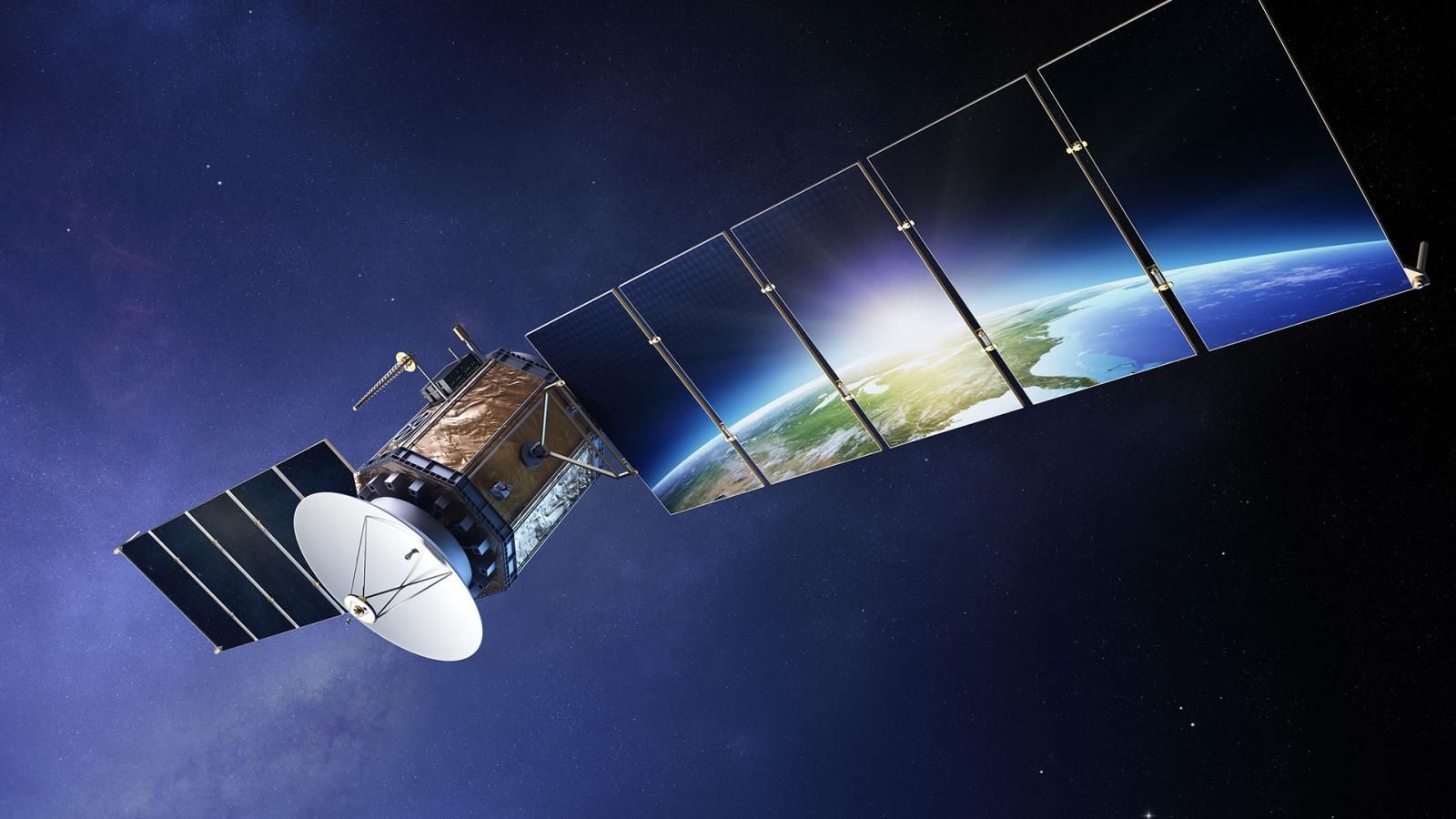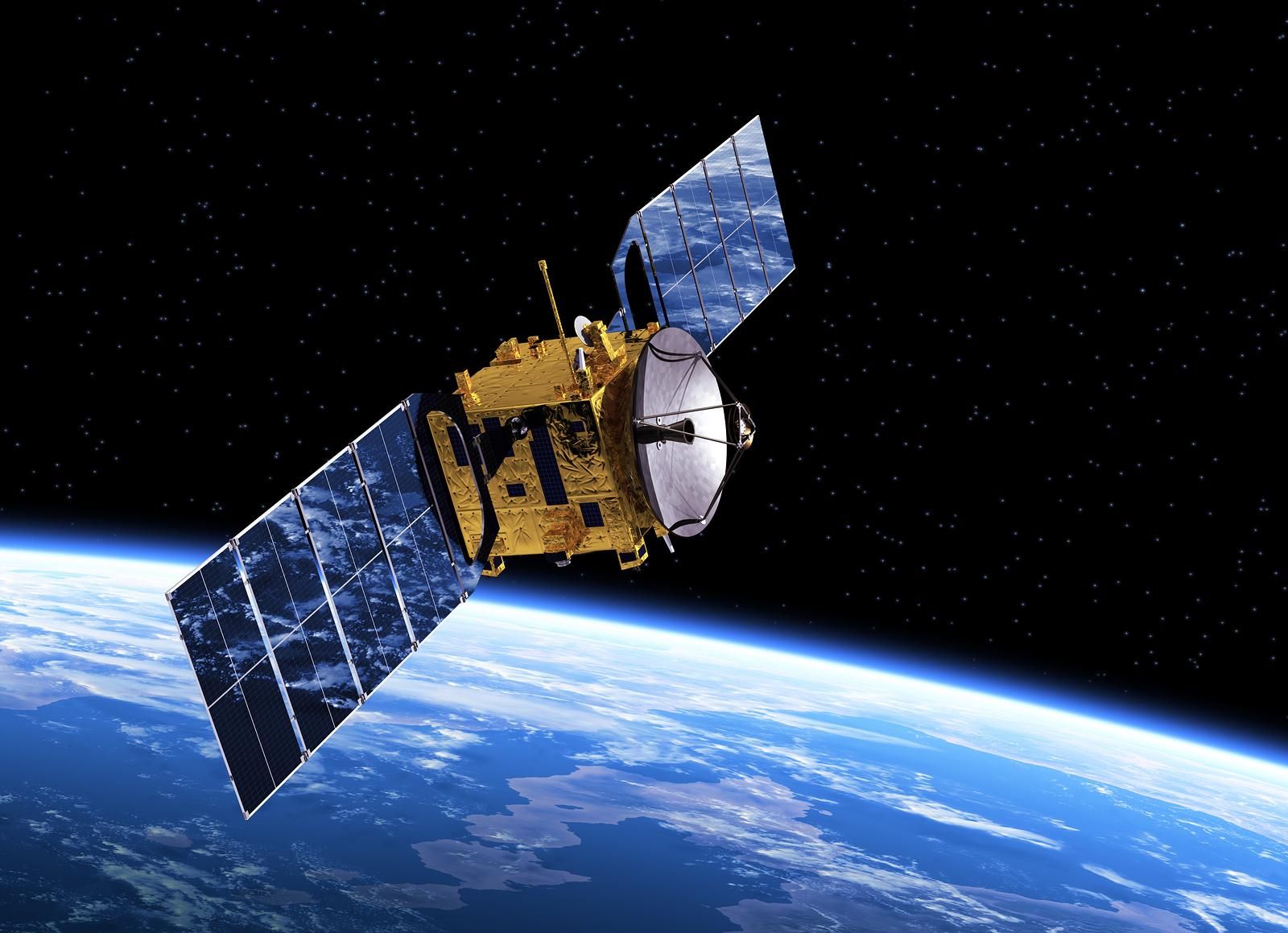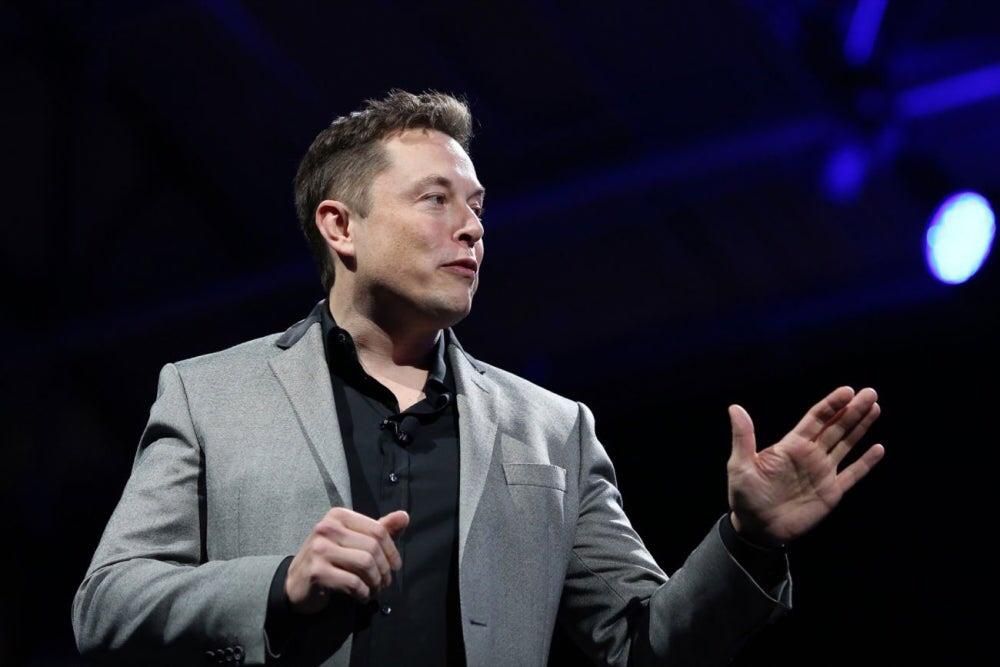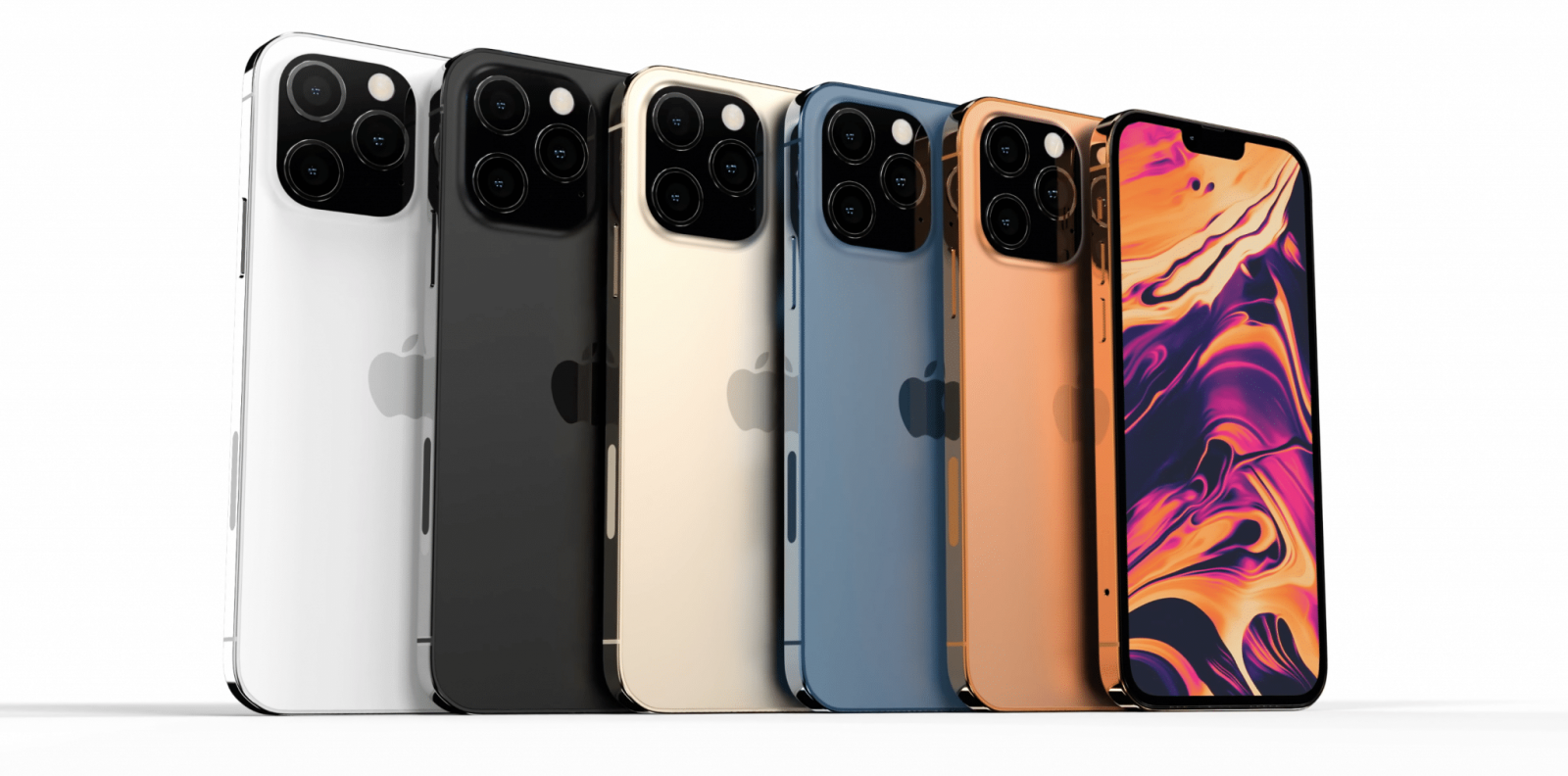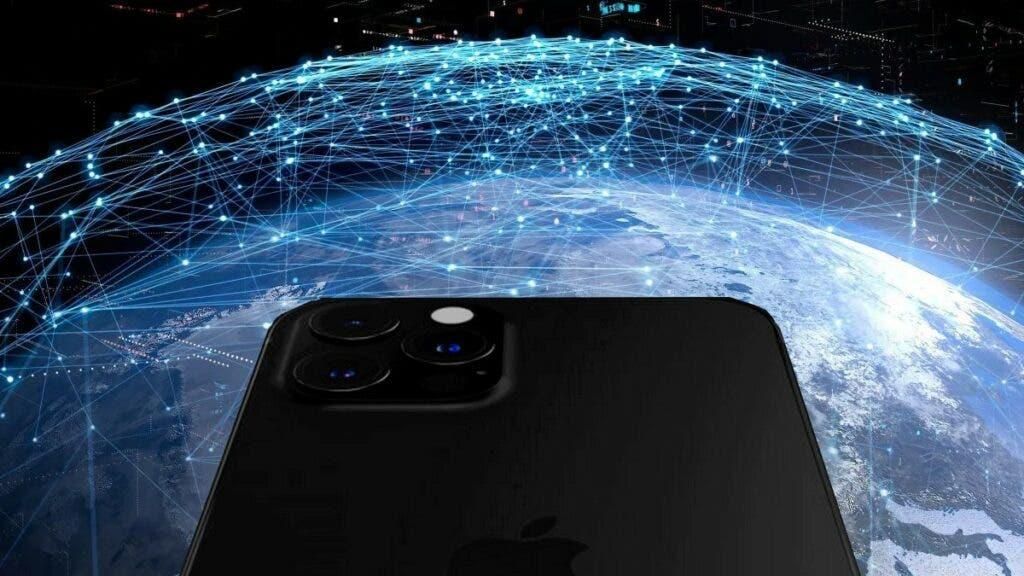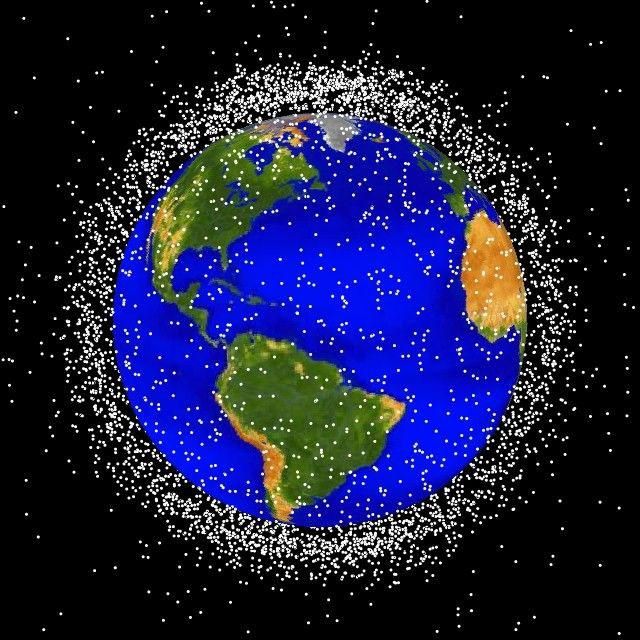This story was updated to reflect the new features of the iPhone 14-series, on September 7, by Anton D. Nagy
The stage is set. Everything is ready. A new iPhone is coming next week has arrived — Apple’s 2022 iPhone 14 event brought us the new iPhone 14 series and the new Apple Watch Series 8. With that, we get a lot of extra, some crazy, features that we cover individually in our separate articles, but on thing caught our attention, and that's the way these devices communicate with satellites, and not for GPS purposes only.
What does LEO mean?
Satellites, as we all know, are the things that revolve around a planet. Moving forward in this piece, the term ‘satellite’ will be used for artificial satellites and not Moon. These satellites are used for various reasons — some are used for broadcasting live TV to our screens, some are used for mapping, navigation, imaging of our land, while some are used to observe the Earth — the use depends on what the satellite is designed for. But, these satellites, the ones used for beaming the internet and for mapping Earth, are very high in altitude — in the range of 20,000 to 36,000 km (~12,500 – 22,500 mi).
Fun Fact: Moon is Earth’s only natural satellite
LEO stands for Low Earth Orbit satellites. These satellites are considerably small in size and hover above the Earth in the 200-2,000 km range. Due to their low altitude, LEO satellites have a fixed orbit and usually make 12–16 Earth turns per day with an orbital period between about 84 to 127 minutes. Currently, LEO satellites are used for different purposes — some are used for observing space and Earth, while some are used for communications.
Yes, geostationary satellites (the big ones) are capable of providing internet as well. They’re, in fact, the ones used right now to beam internet to very remote areas. However, due to their very high altitude, it’s difficult to rely on them, mainly because of latency and slow internet speeds. Moreover, they’re affected by bad weather. LEO satellites are the ones that are trying to bridge the gap.
If you take Earth as the size of a school-room globe, LEO satellites would just be 1 inch above the globe.
Thanks to their low altitude, they’re quite suitable for beaming the internet. These satellites provide internet at low latency due to small distances and have a stronger connection overall. Some early tests have shown that the LEO satellites can bring down internet latency from 477 milliseconds in GEO service to 27 milliseconds in LEO — that’s enough for video calls and even game streaming!
However, there’s one area where LEO satellites lack behind GEO satellites. Since they’re smaller in size and closer to Earth, the area they can cover is quite small. So, in order to provide internet in each and every part of the world, a number of LEO satellites have to be put up in space.
Take it in terms of 5G nowadays — 5G is faster and better than LTE, but it requires more cell towers to work. The same is with LEO satellite internet. Even though it’s faster and reliable, you need a large number of LEO satellites for this internet medium to become mainstream.
Are there any LEO satellites out there? Who commercialized them?
There are more than 4,000 LEO satellites covering the Earth already, according to a monitoring group called the Union of Concerned Scientists. Some of them are owned by Iridium and Globalstar — well-known players in the satellite communications field. But the recent increase in interest in LEO and satellite communication, in general, is due to Elon Musk.
Elon Musk, CEO of electric vehicle maker Tesla, also owns a company called SpaceX. It’s a NASA-level private organization that is in the process of launching the world’s first LEO satellites based internet network — Starlink.
Think of Starlink as filling in the gaps between 5G and fiber and really getting to the parts of the world that are the hardest to reach
– Elon Musk
Starlink is SpaceX’s ambitious project of connecting the whole world via the internet, powered by its satellites. The company has plans to put thousands and thousands of LEO satellites in space — as mentioned above, LEO satellites have a low area range and thus require more satellites to bring internet everywhere — in order to establish a web of satellites.
Think of it as a constellation of satellites connected to each other, working together in a synchronous manner to provide internet to each and every part of the world.
Starlink already has some 1700 satellites out there, and the company is planning to send another 40,000 up there. Other big tech companies, such as Amazon and OneWeb, are also looking to enter the LEO internet space. Amazon has announced its LEO satellite internet project, Project Kuiper, while OneWeb is already in the process of placing LEO satellites in the Earth’s orbit — it currently has about 150 of them out there.
But, this system is different from how cellular networks work nowadays. Even if these companies get thousands and thousands of satellites in the sky, you’ll still need special equipment, such as a dish to receive signals and a converter to convert those signals, at the very least, to connect to the internet. These satellites cannot beam the internet directly to your phone since our phones don’t have the equipment required for them.
The recent talks about LEO satellite communication have again escalated because Apple is (again) set out to do something very different. The Cupertino giant is not working to bring satellite internet to your iPhone, but the company is working on using LEO satellites for a very different goal.
iPhone 14 and LEO capabilities
So, yes, iPhone 14 is said to come with an LEO satellite communication system. But is it really new for phones to connect to satellites? Well, yes and no. Currently, the smartwatch you have on your wrist (modern models at least), or the device you’re reading this on, has a Global Positioning System (GPS) chip. These chips connect to your nearest satellite every time you fire up a navigation app or send your location to someone. This is how your smartwatch is able to track your run even though it lacks internet capabilities. This is how apps like Google Maps, Apple Maps, TomTom, HERE WeGo, and others have been able to accurately pinpoint your device since the day of Windows Mobile-powered PDAs.
However, up until now, phones haven’t been able to connect to satellites for communication.
Of course, there are satellite phones as well – we’ve all seen a Hollywood movie in which the ‘hero’ jumps out of a helicopter and dials a phone number with a fat phone without worrying about his cell signal — yes, that’s a satellite phone. However, it’s never been done on a commercial phone yet.
Image credit: GizChina
And no, Apple isn’t trying to get you away from your carrier — they’re their best partners — but the Cupertino giant realizes the need for such a system in the coming years. The company might build a carrier of its own via LEO satellites, but it has no plans around that as of now, according to Mark Gurman.
So what’s the system being built for right now? Mark Gurman has said that Apple is testing the iPhone 13’s satellite communication for emergency services. While that didn't fully happen, we might see it unfold with the current generation iPhone 14 series. Think of a situation wherein you’re stuck in a desert with your car’s tire punctured. You pick up your phone, try to dial 911, but there’s no cell signal, and hence you can’t call for help. This is where Apple’s supposed system comes in. Your phone connects to the nearest satellite, and you get help in the remotest of locations out there.
The feature is being implemented in a very ‘Apple fashion’ too. According to Gurman, you’ll be able to type in ‘Emergency SOS’ where you put the contact’s name in the Messages app, and the iPhone will hook you up to the nearest satellite available. He even says the system might be able to handle calls as well.
Why could LEO be limited to certain regions? If so, are there any dangerous implications of LEO satellites?
The feature sounds great, doesn’t it? So why has Gurman said that it will be limited to certain regions only? Firstly, the technology is yet to be approved in a number of countries. Moreover, a deep amount of integration has to be done here. Apple will not only have to partner with the country’s government but also with the LEO satellites owner.
In addition to this, there are quite a few dangerous implications of LEO satellites that we have to keep in mind. First of all, LEO space is an unorganized lobby right now — the rules and laws are being framed as the development happens. This is also one of the main reasons why the projects have been delayed for so long — FCC is carefully looking at the applications of these big tech companies before they ‘privatize’ the LEO space. Rules have to be made before the tech giants start abusing the space.
The companies in tech are fighting for space in, well…, outer space. Amazon and SpaceX have been criticizing each other’s approach since day one, complaining to FCC about how the other one is delaying satellite internet’s development. This has been making FCC’s process slower as there are norms that have to be set before any company is allowed to put up thousands of LEO satellites above us.
Visual representation of space debris by NASA
Moreover, there’s one thing we need to keep in mind before we put anything in outer space – space debris. Space debris is any piece of machinery or debris left in space. Since there will be thousands and thousands of LEO satellites revolving around our planet, the companies have to be careful about any collision that might take place. And in case any collision takes place, what will happen to the space debris. Usually, the collision of satellites can turn into a chain reaction, with parts of the satellite piercing other satellites and so on. FCC is currently asking the big tech companies how they plan to tackle in case such a situation arises.
We’ll hear more and more about LEO satellites in the coming years, and we’re excited to see where the industry is headed.
Worry not if you're an Android user! 5G phones on T-Mobile will offer similar functionalities utilizing Elon Musk's StarLink satellites. You can read more about them here.

